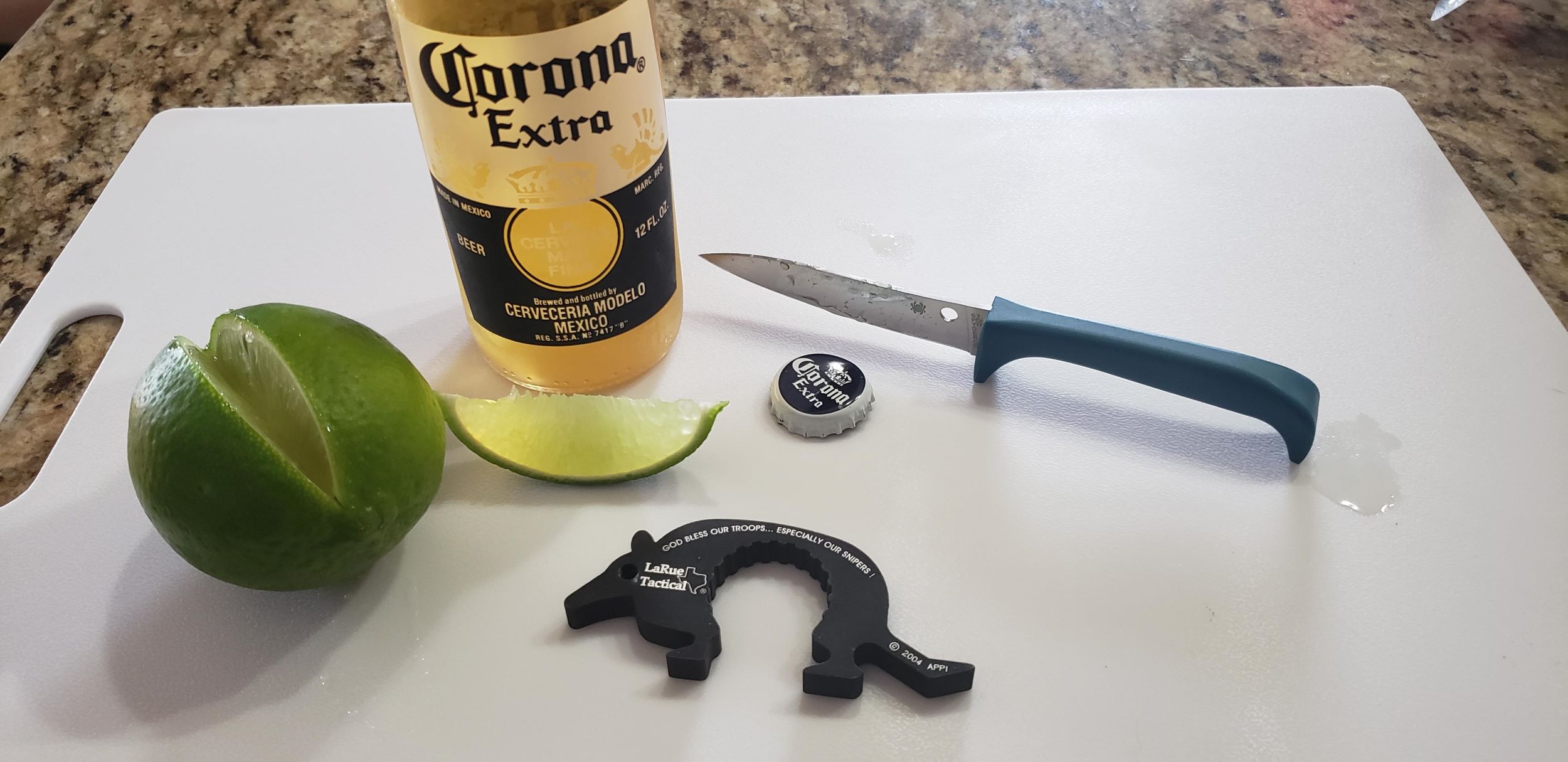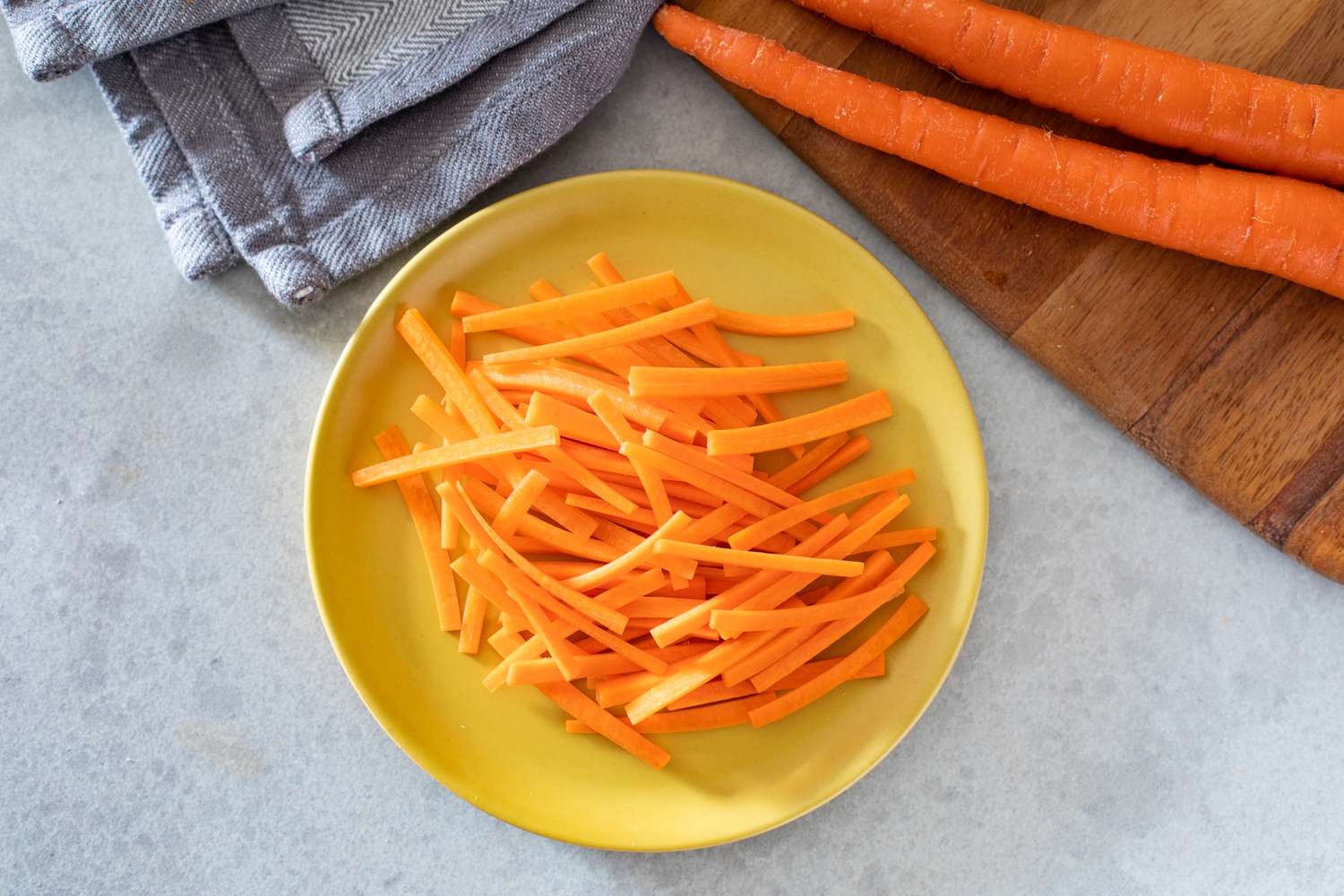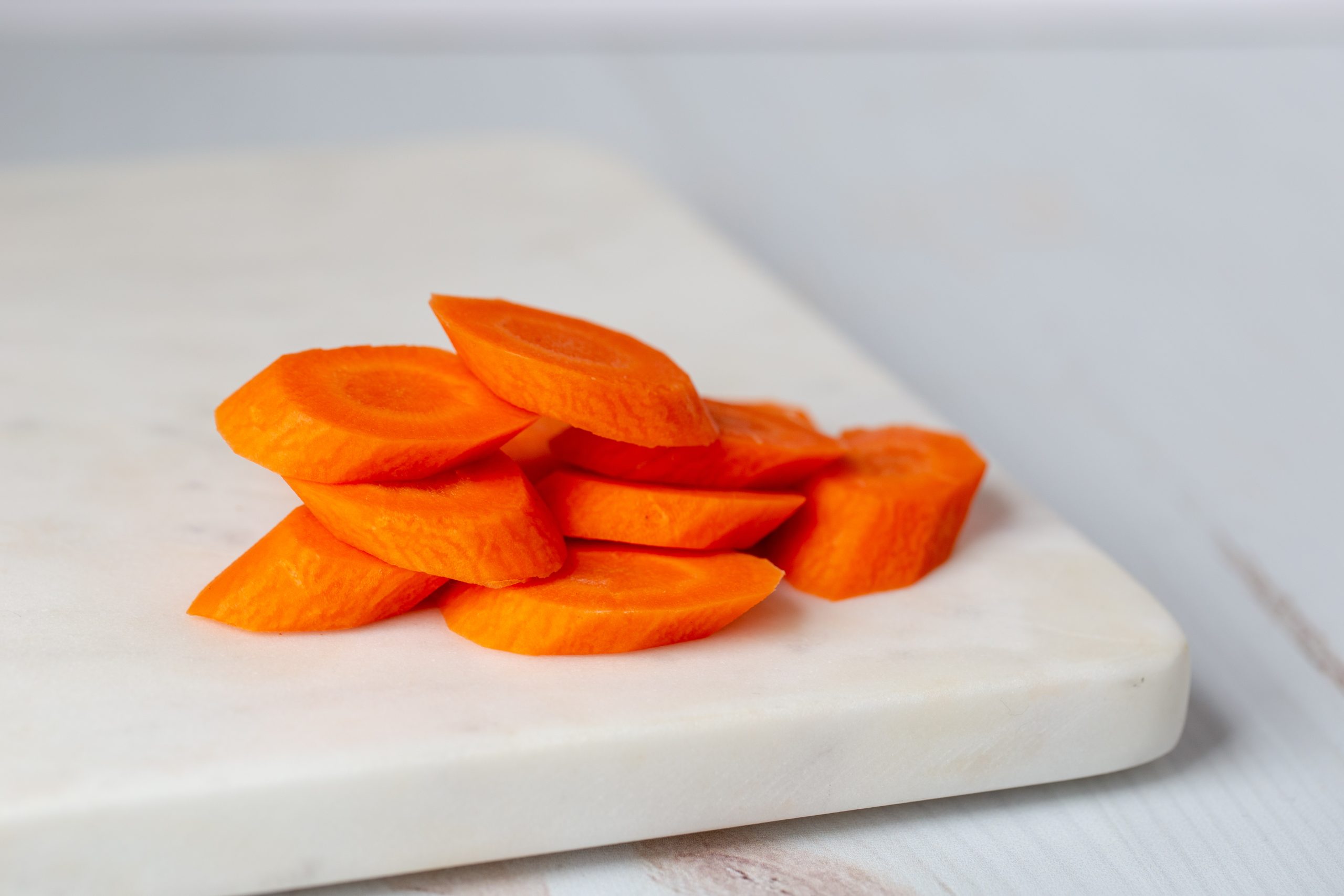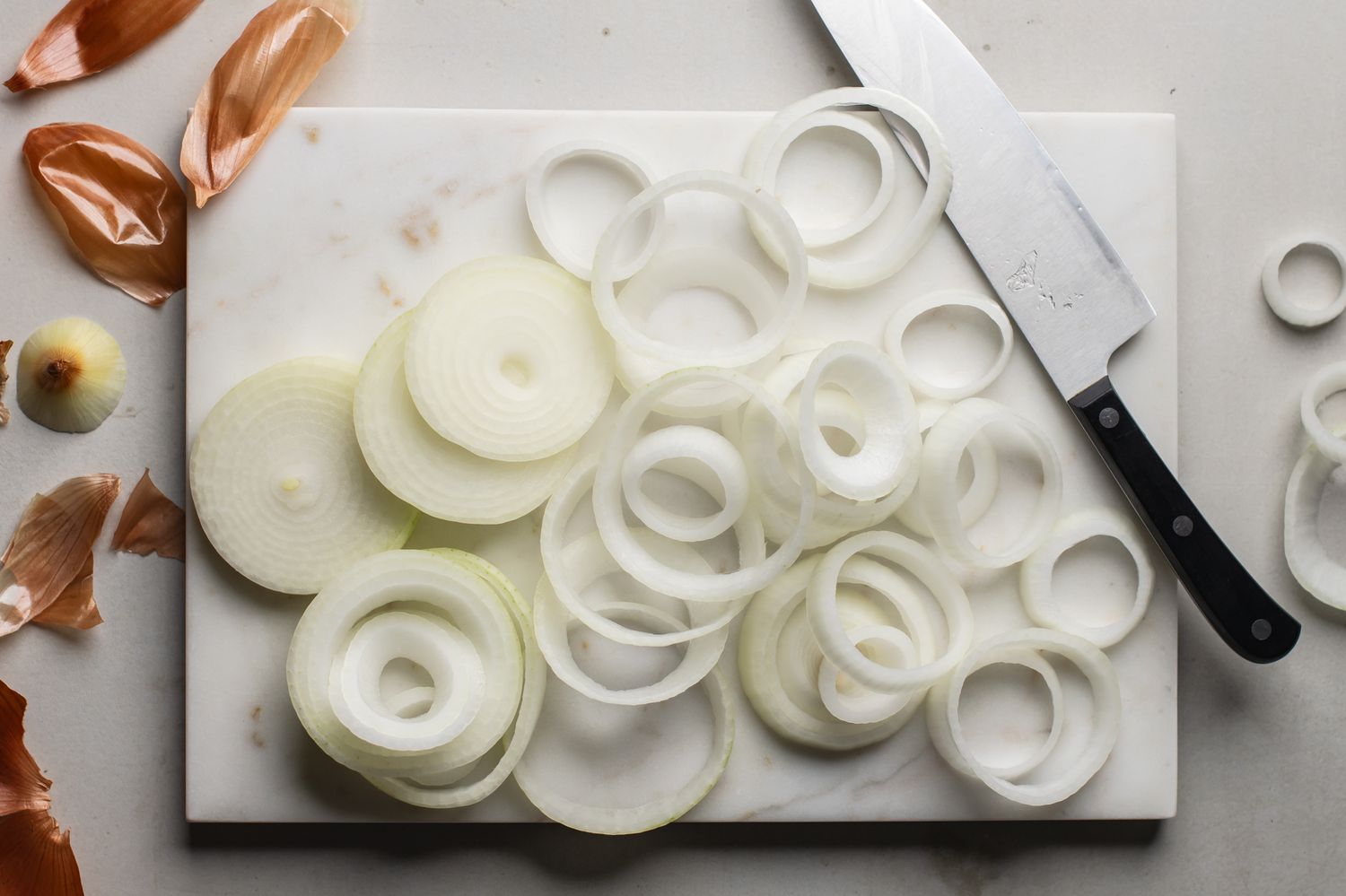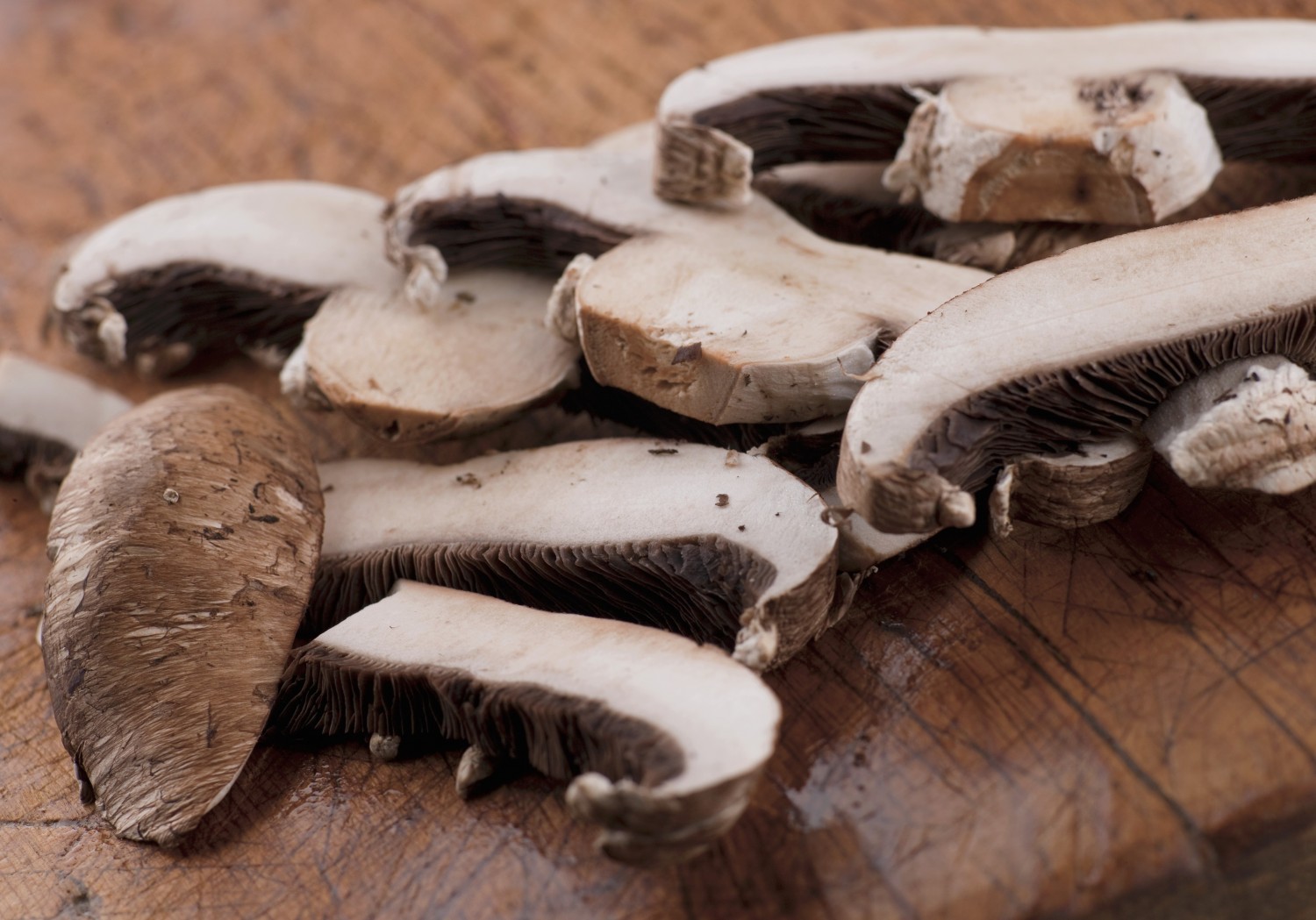How To Cut The Acid In Spaghetti Sauce
Spaghetti is a classic dish loved by people all over the world. The rich flavors of the tomatoes, herbs, and spices create a delicious sauce that brings warmth to any meal. However, sometimes the acidity of the spaghetti sauce can be a bit overpowering, leaving a sour taste in your mouth. But don’t worry, we’ve got you covered! In this article, we will share some simple yet effective tips to help you cut the acid in spaghetti sauce and balance the flavors perfectly.
1. Add a Pinch of Sugar
One of the easiest and most common ways to cut the acid in spaghetti sauce is to add a pinch of sugar. Sugar can help neutralize the acidic taste and bring a touch of sweetness to the sauce. Start by adding a small amount and taste the sauce. If needed, you can gradually add more until the desired balance is achieved.
2. Cook with Baking Soda
Baking soda is another powerful ingredient that can help reduce the acidity of the spaghetti sauce. This method works best for highly acidic sauces. Simply sprinkle a small amount of baking soda into the sauce while it’s cooking. Be careful not to add too much as it can alter the taste. Start with a quarter teaspoon and adjust according to your preference.
3. Use Vegetables to Mellow the Acidity
Adding vegetables such as carrots or bell peppers to the sauce can help mellow down the acidity. These vegetables contain natural sugars that can balance out the tanginess. Finely chop or puree the vegetables before adding them to the sauce. Cook them down until they are soft and well incorporated into the sauce.
4. Sprinkle Some Parmesan Cheese
Adding grated parmesan cheese to the spaghetti sauce not only enhances the flavor but also helps reduce the acidity. The cheese adds richness and creaminess to the sauce, bringing a delightful taste to every bite. Sprinkle it over the sauce before serving and stir it in until it melts and combines with the other ingredients.
5. Dilute with Water or Stock
If the acidity is still too strong, you can try diluting the sauce with water or stock. This will help mellow out the flavors and make the sauce less tangy. Start by adding a little at a time and taste as you go to maintain the desired consistency and flavor profile of the spaghetti sauce.
6. Opt for Low-Acid Tomatoes
The type of tomatoes used in the sauce can greatly impact its acidity. Consider using low-acid tomatoes, such as San Marzano or Roma tomatoes, which are naturally sweeter and have a lower acidic content. These tomatoes will provide a more balanced and less acidic flavor to your spaghetti sauce.
7. Include Cream or Butter
For a creamy and indulgent twist, you can add some cream or butter to your spaghetti sauce. The creaminess helps mellow out the acidity and adds a luscious texture to the sauce. Start with a small amount and gradually increase to your liking, stirring well to combine with the other ingredients.
By implementing these simple tips, you can enjoy a perfectly balanced spaghetti sauce with just the right amount of acidity. Experiment with different methods and ingredients to find what works best for your taste preferences. So, next time you prepare spaghetti, don’t let the acid get in the way of a delicious meal. Bon appétit!
More Delicious Recipes to Try
After mastering how to cut the acid in spaghetti sauce, why not put this new skill to the test with a variety of delicious recipes? From the comforting Creamy Tomato Soup to the elegant Tuscan Chicken in Tomato and Cream Sauce, each recipe offers a unique way to apply the techniques you've learned. We particularly recommend trying the Classic Marinara Spaghetti Sauce for a direct application of your newfound knowledge. For those looking to impress, the Ratatouille with Reduced Acidity provides a showcase of how acidity management can elevate a dish. Each recipe listed is a fantastic opportunity to refine your culinary skills and expand your recipe repertoire.
Was this page helpful?
Read Next: How To Cut Buttercup Squash

